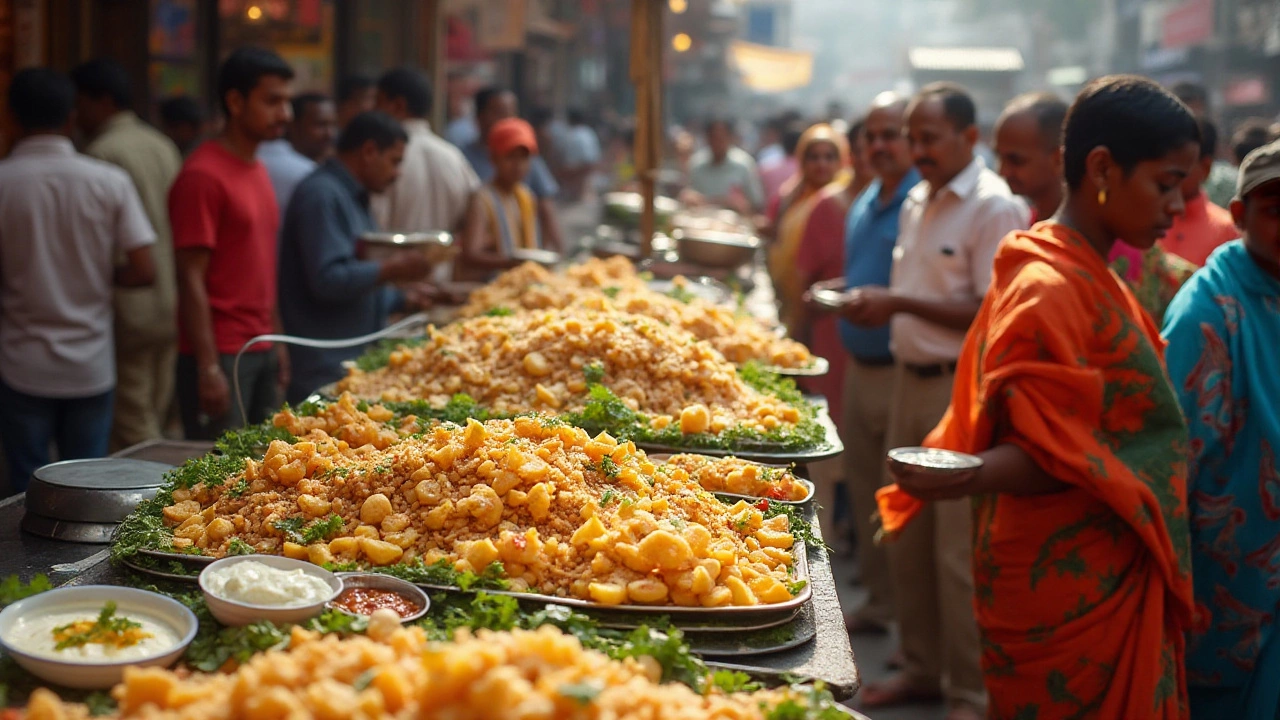Popular Vegetarian Dishes – Indian Classics & Everyday Favorites
When exploring popular vegetarian dishes, plant‑based meals that capture India’s regional flavors, spices, and textures, you’re actually stepping into a world that mixes comfort, nutrition, and tradition. These meals aren’t just food; they’re a cultural thread that links homes across the subcontinent. On the same page you’ll meet dal, lentil‑based stews that form the backbone of many meals, paneer, soft cheese that soaks up spices and adds protein, chutney, quick‑pickled sauces that brighten any plate, and roti, whole‑wheat flatbread that lets you scoop up curries. Together they illustrate how a simple plant focus can become a feast for the senses.
What Makes a Vegetarian Dish Popular?
First, accessibility matters. Ingredients like lentils, spices, and yogurt are cheap and available in most Indian markets, so dishes such as dal tadka or paneer bhurji can be whipped up any day. Second, flavor depth. A good vegetarian recipe layers aromatics—cumin, mustard seeds, curry leaves—and balances heat with acidity, often from lemon or tamarind. Third, versatility. Take chutney: a handful of cilantro, a splash of lime, and a pinch of green chilies can turn a side into a centerpiece. These three traits—affordability, complexity, and flexibility—form the semantic triple: popular vegetarian dishes requires affordable ingredients, popular vegetarian dishes encompasses flavor layering, and flavor layering influences regional variations. The result is a menu that can stretch from a quick weekday lunch to a festive dinner spread.
If you want to master popular vegetarian dishes, start with the basics. A well‑tempered dal begins with soaking lentils, stirring in tempered spices, and finishing with a sprinkle of fresh cilantro. Paneer, on the other hand, thrives when you press the curds just enough to keep a creamy bite but firm enough to hold shape in a curry. Chutney thrives on timing—blend ingredients just before serving to preserve bright flavors, and adjust acidity with a dash of lemon or tamarind. Roti becomes fluffy when you knead the dough until it’s smooth and let it rest, allowing gluten to relax. Each technique unlocks a layer of taste that keeps the dish popular across generations.
Our collection below reflects those principles. You’ll find a deep dive into classic Indian dishes, a side‑by‑side taste test of paneer versus tofu, a science‑backed look at why lemon brightens biryani, and practical guides on keeping chutney fresh, making roti puff, and turning dal into a protein powerhouse. Whether you’re a beginner who just bought a pressure cooker or a seasoned cook looking for a new paneer twist, the posts cover a spectrum of skill levels and regional twists. They also tie back to the core ideas of affordability, flavor complexity, and versatility that make vegetarian dishes stay on the table.
Ready to explore the flavors, tricks, and stories behind each recipe? Scroll down to discover step‑by‑step guides, nutrition facts, and kitchen hacks that will help you bring the most loved vegetarian plates to your own table.

Discovering India's Most Beloved Vegetarian Dishes
Indian cuisine offers a rich tapestry of flavors, thanks to its renowned vegetarian dishes that are celebrated worldwide. From street food to elaborate meals, India's vegetarian offerings are as diverse as its culture. This article explores the top vegetarian dishes in India that have won the hearts and taste buds of many. Discover their origins, ingredients, and the unique culinary traditions they represent.